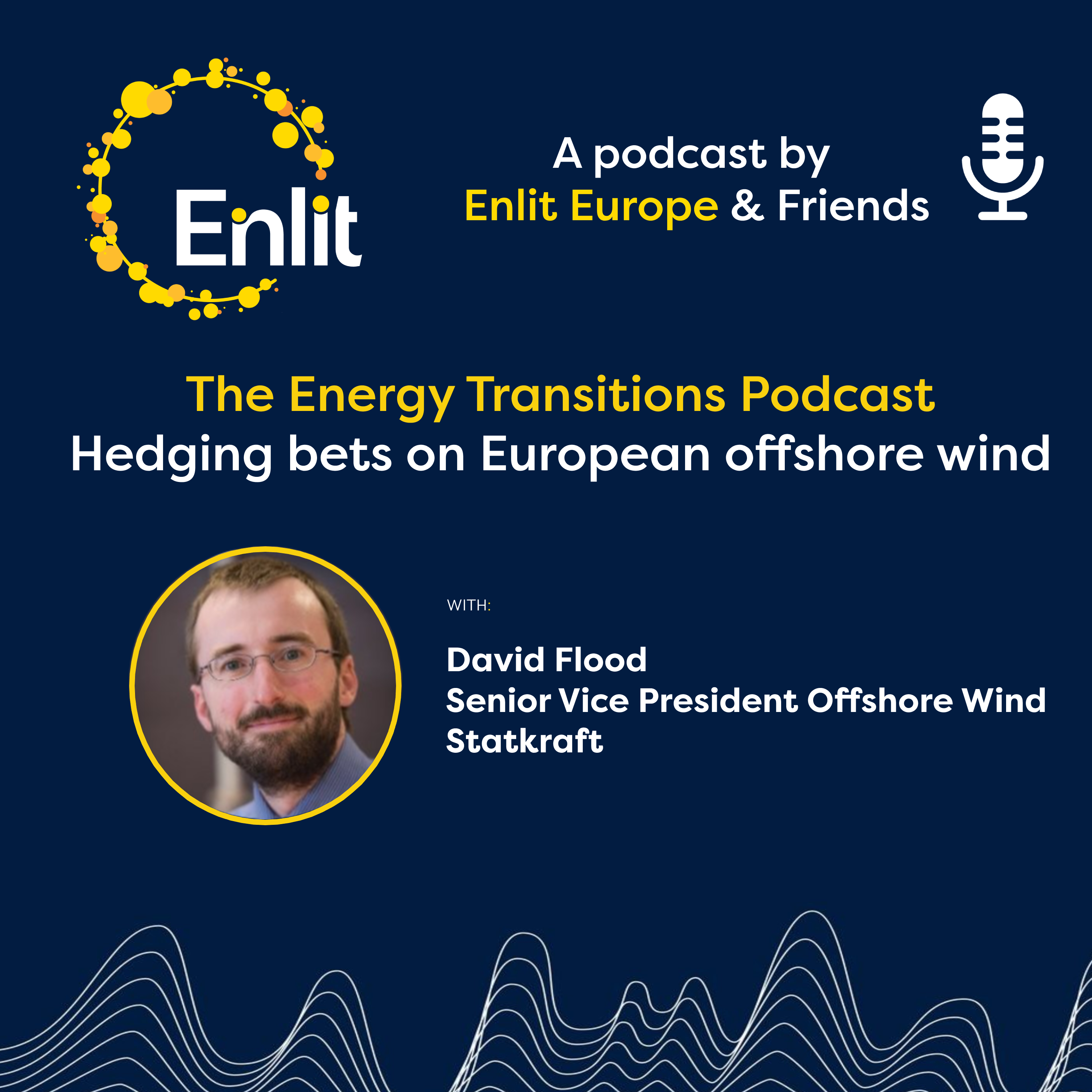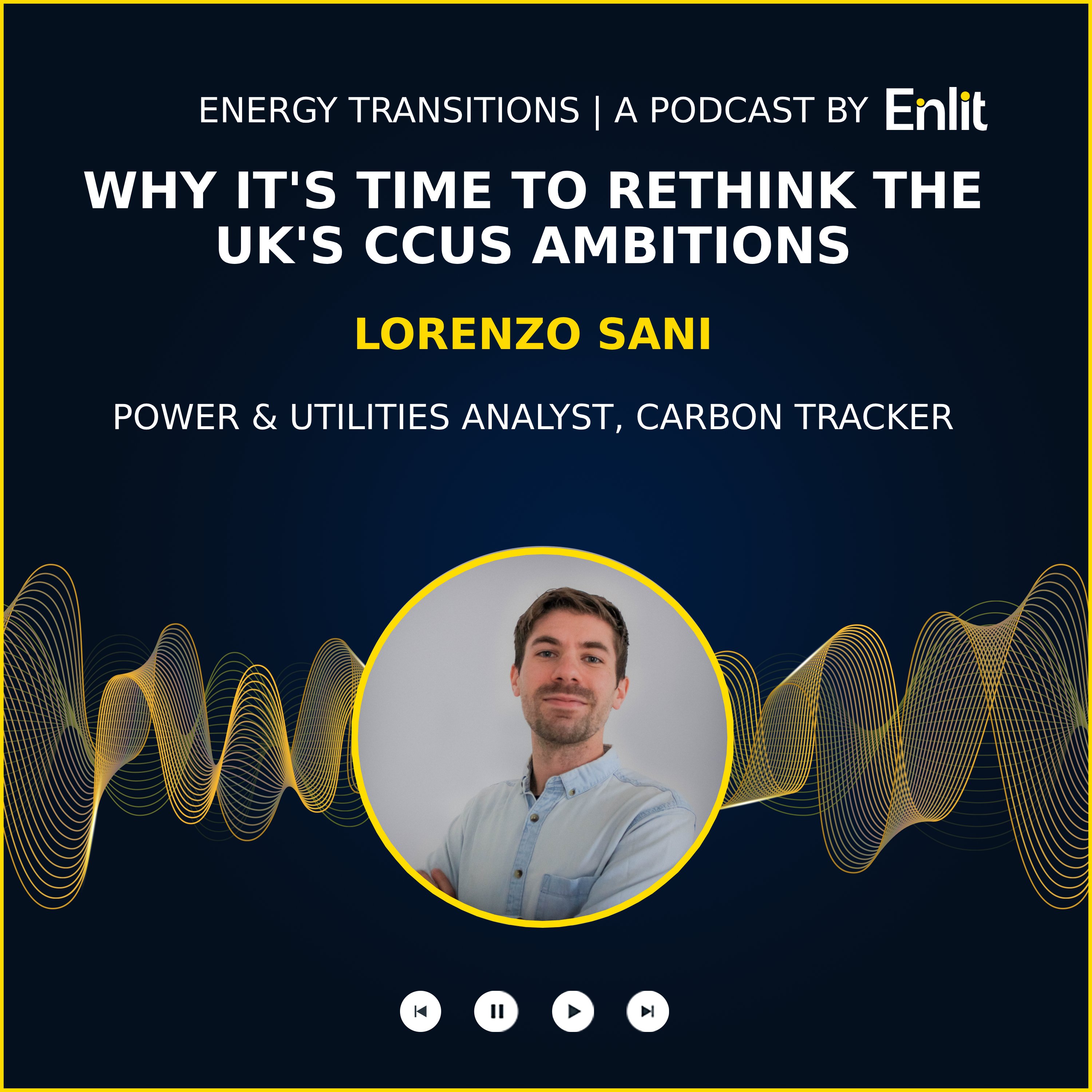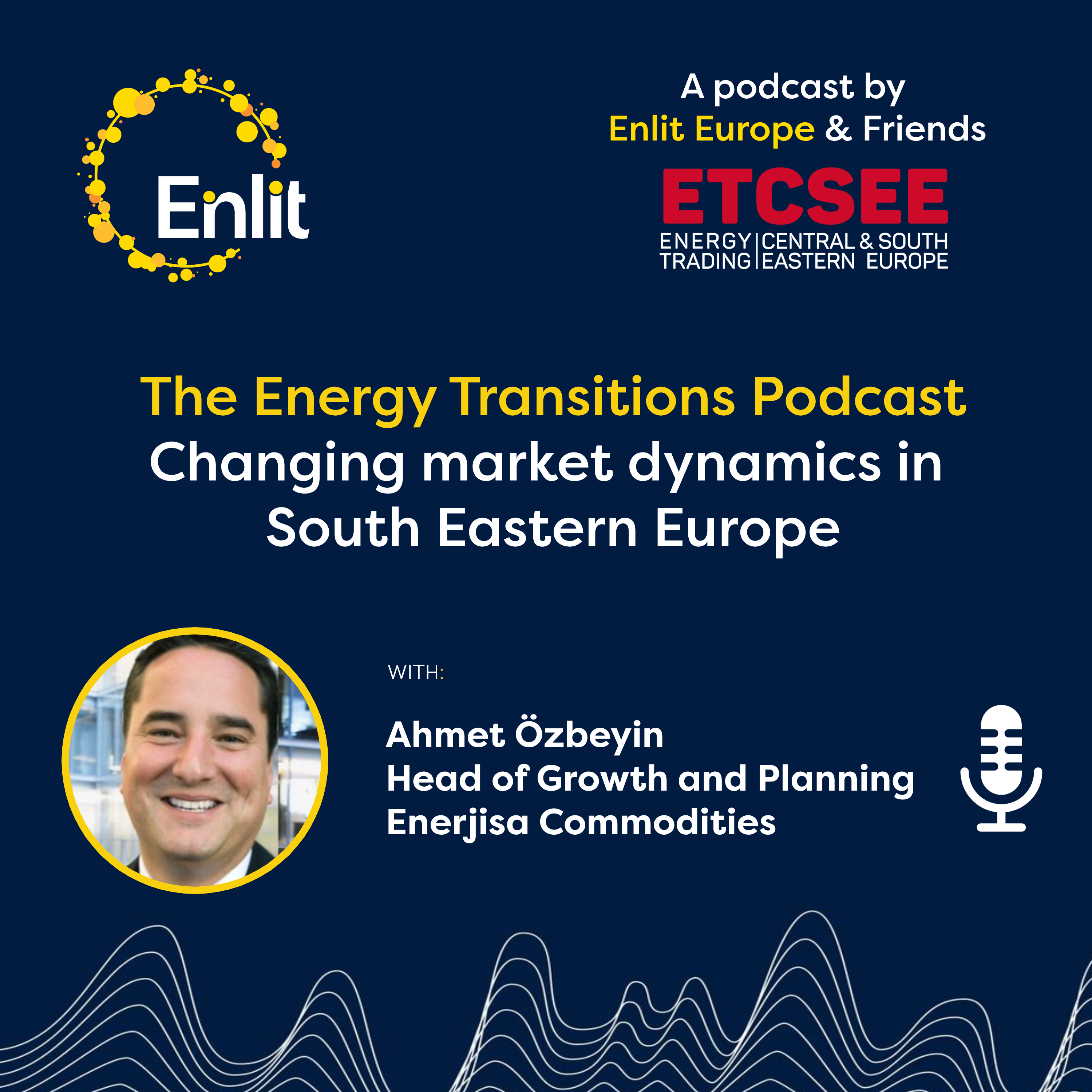A minimum of controls and a maximum of simplicity used to be the defining characteristics of wind turbines. However, over the past few decades, turbines have become highly sophisticated and are now the world’s biggest rotating machines.
In this episode of the Energy Transitions Podcast, Pamela Largue speaks to two pioneers of the wind industry. Referred to as the Godfathers of wind, Denmark’s Henrik Stiesdal and Britain’s Andrew Garrad, winners of the 2024 Queen Elizabeth Prize for Engineering, describe how turbines have advanced over the years.
From building turbines in their parent’s fields in the 70’s, these two stalwarts have been on the boundary of what is possible, contributing to and witnessing wind turbines become an important contributor to the electricity supply and having a greater impact on the grid. “Gradually, as the turbines got bigger and bigger, they also became more and more complicated…going from something like a tractor in the early 80’s to more like a giant helicopter now,” explained Garrad.
The old turbines were heavier, whereas now they are lighter and smarter with enhanced controls, said Stiesdal. “They did not become more complicated just because engineers like to make them like that…they got more complicated partly because we needed them to change their behaviour,” he added.
Stiesdal and Garrad explain why bigger isn’t always better and why the industry now needs to focus on increasing efficiency and reliability rather than size. They also discuss why floating offshore wind will provide the next quantum leap in wind turbine technology.

Northern Europe, also known as the cradle of offshore wind, is one of the most attractive areas because of it shallow waters, wind speeds,...

In this episode of the Energy Transitions podcast, Pamela Largue gains candid perspectives on the UK's CCUS market from Lorenzo Sani, power and utilities...

The role of Türkiye in Europe's energy markets has grown significantly and Turkish energy companies are stepping up their strategic game to ensure they...